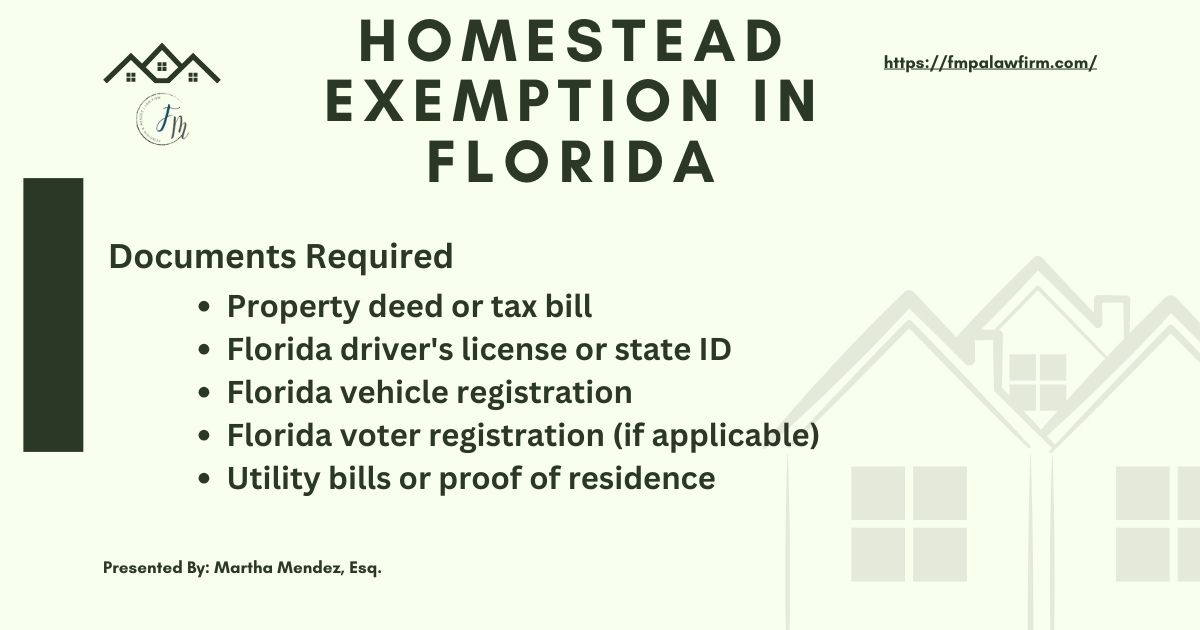When participating in potentially hazardous activities, whether
for recreation or business purposes, you may be asked to sign a release of
liability. This legal instrument, commonly known as a liability waiver, is
designed to absolve a company or venue from liability in the event of an
accident or injury, even if the company’s negligence contributed to the
incident.
Who Uses Liability Waivers?
Liability waivers are commonly used in a variety of contexts:
- Recreational Activities: Whether you’re
scuba diving, attending a car race, or using gym facilities, you’re likely
to encounter a waiver. These waivers protect service providers and venue
operators from being held responsible for injuries or damages that occur
during your participation.
- Business-to-Business
Contexts: Waivers
are also prevalent in situations where employees of a commercial client
participate in on-site industrial training or access manufacturing
facilities for inspections. In these scenarios, the waiver protects the
company offering the services or access.
Legal Foundations in Florida
Under Florida law, liability waivers are enforceable as long as
they are clearly written and unambiguous. Public policy does generally disfavor
agreements that exculpate parties from their own negligence, but Florida courts
will enforce these agreements if they are straightforward and understandable.
For instance, the Florida Supreme Court in Sanislo v. Give Kids
the World, Inc. emphasized that the wording of a waiver should be
clear enough that an ordinary person can easily comprehend what rights they are
relinquishing. If the language is confusing or contradictory, as in the case of
Brooks v. Paul, the waiver may be deemed unenforceable.
Drafting Considerations
When drafting a liability waiver, it’s essential to:
- Be Clear and Concise: The waiver should
be as short and informal as possible, using plain language that
non-lawyers can easily understand.
- Specify the Risks: Clearly outline
the risks associated with the activity and ensure the participant
acknowledges these risks. For example, when dealing with motorsport
activities, additional or special requirements may need to be included.
- Include Assumption of
Risk Language: Participants
should explicitly acknowledge their awareness of the hazards and their
voluntary decision to participate despite these risks.
- Consider Optional
Indemnification Provisions: Depending on the activity, it may be wise to
include an indemnification clause, where the participant agrees to
compensate the company for any damages or legal costs arising from their
participation.
Industry-Specific Considerations
Certain industries in Florida, such as equine activities, have
specific statutes providing immunity for activity sponsors. However, even with
these statutory protections, it’s advisable to use a liability waiver to cover
all bases. Florida’s equine activities statute, for example, only applies to
claims related to the inherent risks of such activities, and has limitations on
the immunity it provides.
Retention of Waivers
Finally, it’s crucial for companies to retain signed waivers
securely. In the event of a dispute, having the original, executed waiver
readily accessible can be a critical factor in upholding its enforceability.
Conclusion
A well-drafted liability waiver can provide significant legal
protection for companies. However, it’s important to ensure that the waiver is
clear, concise, and tailored to the specific activity in question. By doing so,
companies can reduce the risk of legal challenges and ensure that participants
fully understand the risks they are assuming.
Contact Martha Mendez today by calling 786-636-8938 or by email: [email protected] to discuss your contract needs.



